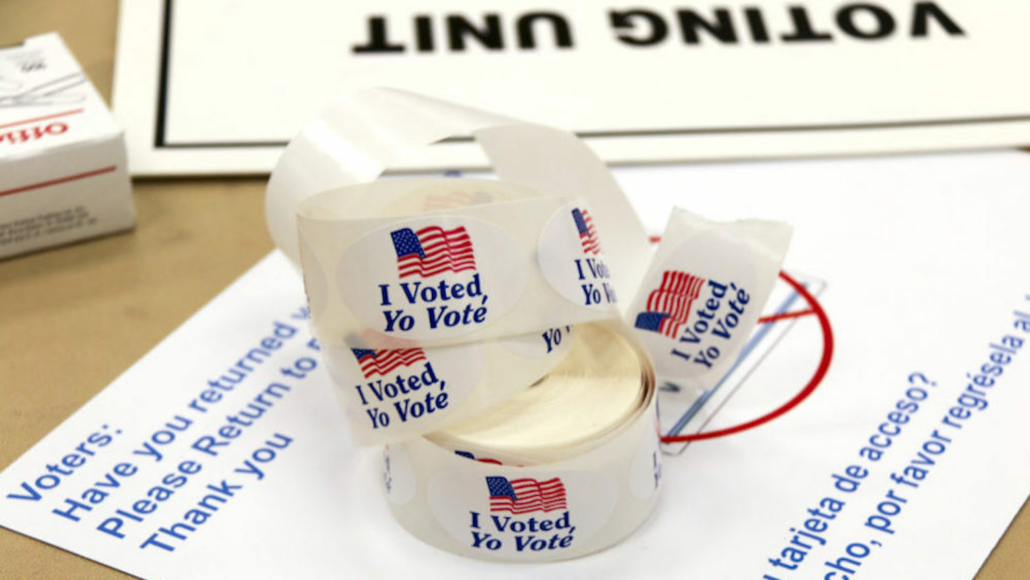Ernesto Aguilar is an experienced public media leader specializing in radio programming, audience engagement and diversity, equity & inclusion (DEI) initiatives. He currently serves as Executive Director of Radio Programming and DEI at KQED, among the most-listened-to public radio stations in the country. He is a passionate advocate for public media’s role in reflecting underrepresented voices and empowering communities through fact-based journalism and thoughtful storytelling.
This election cycle has seen no shortage of panels with Latinx voters offering opinions on key issues and candidates. While insightful, much of this coverage relies on predictable tropes about this diverse community. More thoughtful framing around identity, inequality and location could reveal nuanced perspectives.
Typical roundtables feature Hispanic subjects of varying backgrounds commenting on topics like Republican recruitment efforts. But rarely is there deeper exploration into how their lived experiences as Latinos might shape political opinions. Their ethnicity is centered, yet details that could provide meaningful context are overlooked.
We also seldom hear about regional distinctions, despite extensive research on urban-rural divides across ethnic groups. Whether a Hispanic voter resides in a bustling city, sprawling suburb or rural small town informs views. Yet the “Latino perspective” is usually presented monolithically, with minimal attention to how place shapes place in society.
Likewise, dialogue around socioeconomic privilege and inequality within the Latinx population at large is glaringly absent. Individual backgrounds spanning class and racial identity offer rich terrain to unpack views. But complex structural factors underlying demographic generalizations almost never enter the discourse.
Ultimately these limitations lead to voter indifference, as stereotypical representations produce little real insight. If the end goal is greater understanding, we must reimagine stale formats. Some suggestions for elevating future Latino voter roundtables:
Vetting– Articulate how subjects were selected and what biases this may introduce. Transparency builds trust that a diversity of experiences are represented.
Background – Ask open questions around racial identification, class status, intercultural families. Such factors influence perspectives but are rarely explored beyond basic ethnicity.
Hyperfocus – Rather than capturing all varieties of Latinos, drill down on specific communities by neighborhood, immigrant generation, etc. There are studies tracking distinctions around cultural identity to draw from.
Follow Up – Check back in with subjects after the election to see if results shifted opinions on candidates or issues. This grounds insights in reality.
No doubt Latinx voters warrant focused attention as their influence widens. But we must move beyond repetitive tropes that flatten complexities if the goal is genuine public understanding of a multifaceted constituency. Our communities and inclusive democracy depend on fuller, more thoughtful representations in media.
Subscribe to OIGO, Ernesto’s newsletter about Latino/a, Latine, Latinx content, audiences, and engagement in public media here.

